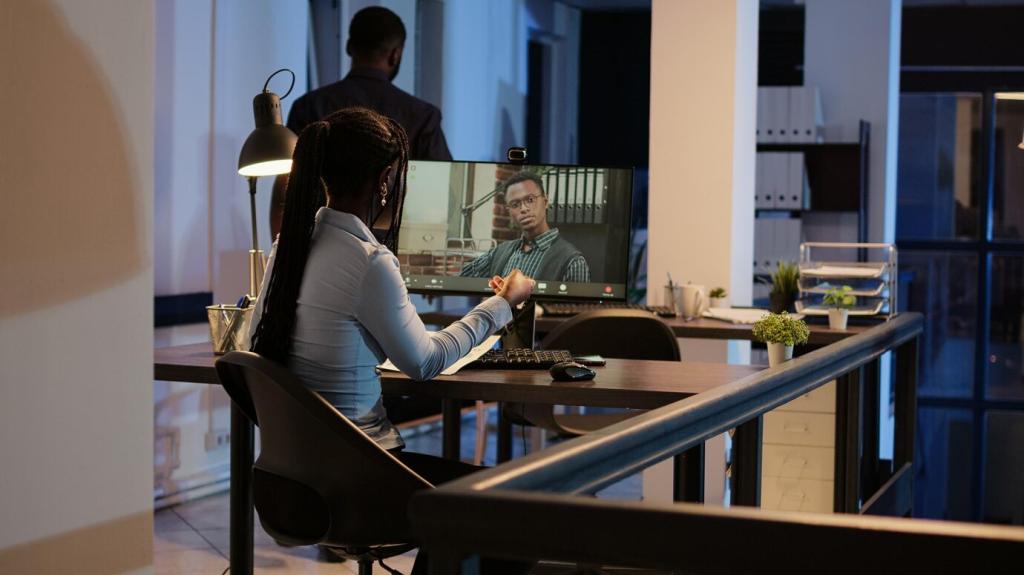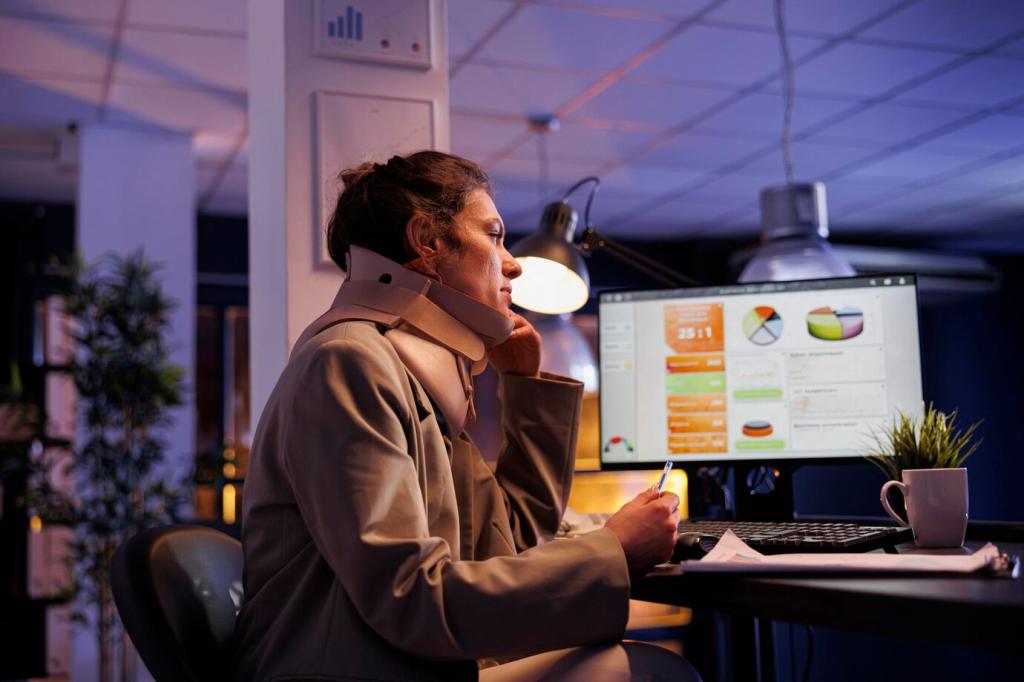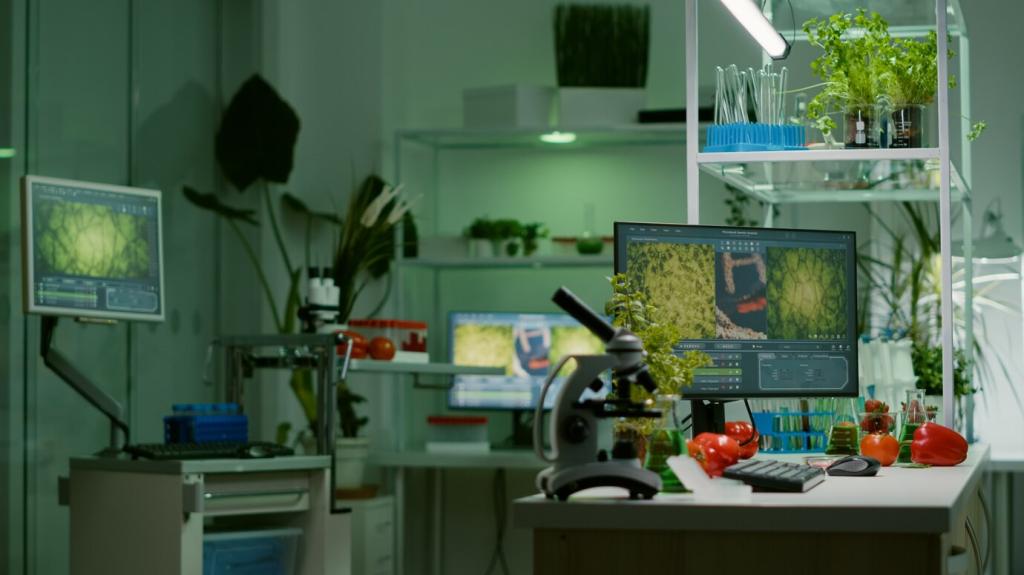This website uses cookies so that we can provide you with the best user experience possible. Cookie information is stored in your browser and performs functions such as recognising you when you return to our website and helping our team to understand which sections of the website you find most interesting and useful.

The Role of Virtual Reality in Future Workspaces
Virtual reality (VR) is rapidly transforming our understanding of professional settings. As businesses pursue innovative ways to enhance productivity, collaboration, and employee satisfaction, VR stands out as a catalyst for change within future workspaces. This immersive technology blurs geographical boundaries and redefines how people interact, train, and create together. By leveraging VR, organizations can cultivate more dynamic, engaging, and efficient work environments that anticipate the evolving needs of the digital age. The integration of VR into daily operations is poised to unlock unprecedented opportunities for both employers and employees, making workplaces smarter, more inclusive, and highly adaptive to the demands of tomorrow.



Transforming Employee Training and Onboarding


